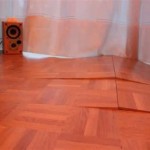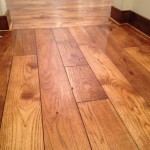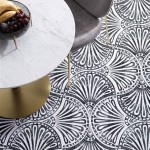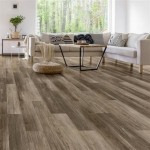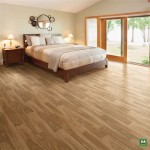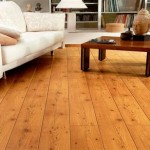A hardwood floor is a timeless classic that adds a touch of sophistication to any room. With proper care, a hardwood floor can last for decades, but age and wear can leave it looking a bit dull, scratched, and stained. Resurfacing your hardwood floor is an easy and cost-effective way to bring back its original luster. This guide will cover all the essential steps necessary to resurface your hardwood floor.
Preparing the Floor
The first step in resurfacing a hardwood floor is to prepare the room. Remove all furniture, rugs, and artwork from the room. The floor should be thoroughly swept and vacuumed to remove any dirt and debris. If there are any scratches or scuffs on the floor, they should be filled with wood putty.
Sanding the Floor
The next step is to sand the floor. This will remove any remaining dirt, debris, and scratches. Start by using a coarse-grit sandpaper to remove any large imperfections. Move up to a finer grit sandpaper to smooth out the surface. Make sure to go with the grain of the wood for a smooth, clean finish. Once the sanding is complete, vacuum the floor to remove any remaining dust.
Applying the Finish
The third step is to apply a finish. There are several types of finishes to choose from, such as oil-based, water-based, and wax-based. Each type of finish has its own unique properties and benefits. Oil-based finishes are more durable and water-resistant, while water-based finishes have less odor and are easier to apply. Wax-based finishes provide a durable, glossy finish, but require more maintenance.
Sealing the Floor
Once the finish has been applied, it’s time to seal the floor. Sealing the floor helps protect it from dirt and spills, and makes it easier to clean. There are several types of sealers available, including polyurethane, shellac, and varnish. Each type of sealer has its own unique properties and benefits, so it’s important to choose the right sealer for your floor.
Caring for Your Hardwood Floor
Once your hardwood floor has been resurfaced and sealed, it’s important to take proper care of it. The best way to keep your hardwood floor looking its best is to sweep and vacuum it regularly. It’s also important to use a damp mop and a PH-neutral cleaner to clean the floor. Avoid using harsh chemicals or abrasive brushes, as these can damage the finish.
Conclusion
Resurfacing a hardwood floor is a relatively easy and cost-effective way to bring back its original luster. The process involves preparing the room, sanding the floor, applying the finish, and sealing the floor. It’s important to choose the right type of finish and sealer, and to take proper care of the floor. With proper care, your hardwood floor can look like new for many years to come.














Related Posts

